
ひな祭りは、桃の節句ということもあります。
3月3日は、ひな祭りです。
桃の節句とよばれることがあります。
今の暦とは違う、江戸時代より前に使っていた旧暦では、今と1か月ぐらいのずれがあります。旧暦では、桃が咲く時期とあっていましたが、今の暦では、桃が咲くのは、3月下旬から4月上旬です。
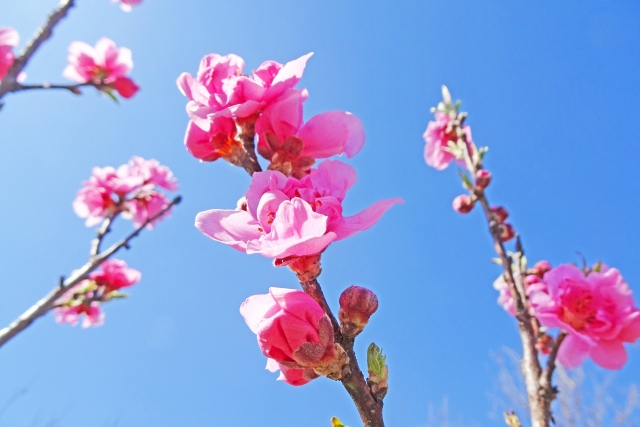
日本では、桃の節句に、女の子の健やかな成長を願って、ひな人形を飾る習慣があります。
ひな祭りの始まりは、平安時代の「流しびな」という行事からきているとされます。
流しびなは、冬から春へと移る季節の節目に、悪いことが起こらないように、人の代わりに、紙人形を作って川に人形を流し、身のけがれをおはらいしていました。
江戸時代になると、人形作りの技術が発展していきます。ひな祭りに使うひな人形は、美しく立派なものが作られるようになり、ひな人形は川へ流すものではなく、家の中で大事に飾るものへと変わっていきました。
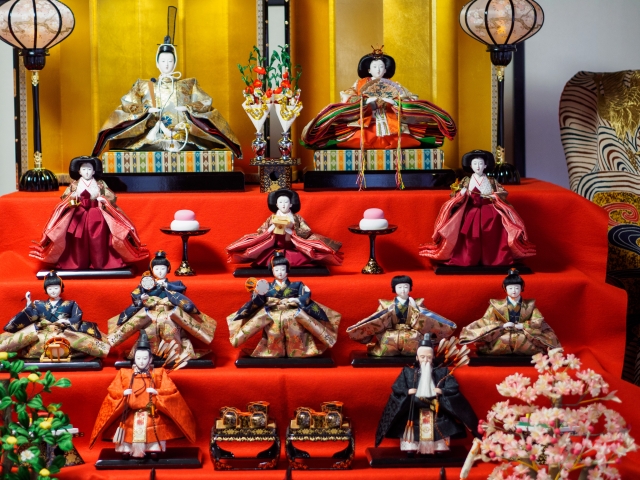
ひな祭りには、特別なメニューの食べものを食べることがあります。
その食べものとしては、菱餅、ひなあられ、ちらし寿司、はまぐりのお吸い物、甘酒などです。ぞれの食べものには、願いがあります。例えば、ちらし寿司には縁起のよい食材を用い、長生きや幸福を願っています。
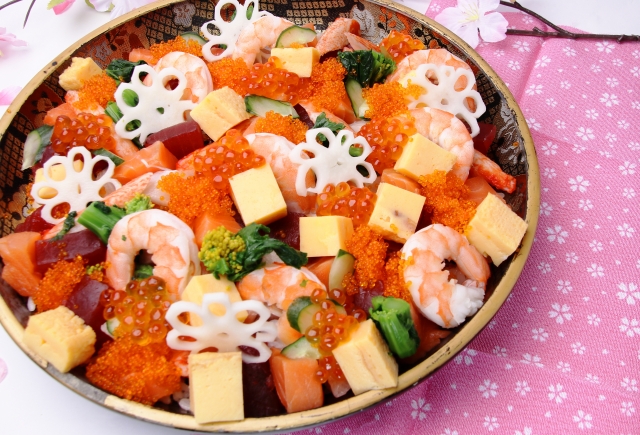
⭐️ ⭐️
関係する言葉もお読みください。
春の七草 seven herbs of springにすすむ(このブログにあるページ)
Doll’s Festival
March 3rd is the Doll’s Festival.
It is sometimes called “Momo no Sekku” (Peach Festival).
According to the lunar calendar used before the Edo period (1603-1867), which is different from the current calendar, there is a gap of about one month between the current calendar and the lunar calendar. According to the old calendar, the peach season coincided with the peach-blooming season, but according to the current calendar, the peach season is from late March to early April.
In Japan, there is a custom of decorating Hina dolls during the Peach Festival to pray for the healthy growth of girls.
The Hinamatsuri is said to have originated from an event called Nagashibina in the Heian period.
Nagashibina made paper dolls instead of people and floated them in rivers to wash away the filth in order to prevent bad things from happening at the turning point of the season from winter to spring. .
In the Edo period, the technique of making dolls developed. Hina dolls used in the Doll’s Festival began to be beautiful and splendid.
On Hinamatsuri, special menu foods are sometimes eaten.
These foods include Hishimochi (water chestnuts), Hina-arare (rice cakes), Chirashizushi (sushi rice with chirashi), Hamaguri (clam) soup, and Amazake (sweet sake). Each of these foods has a special wish. For example, Chirashi-zushi is made of auspicious ingredients to wish for long life and happiness.
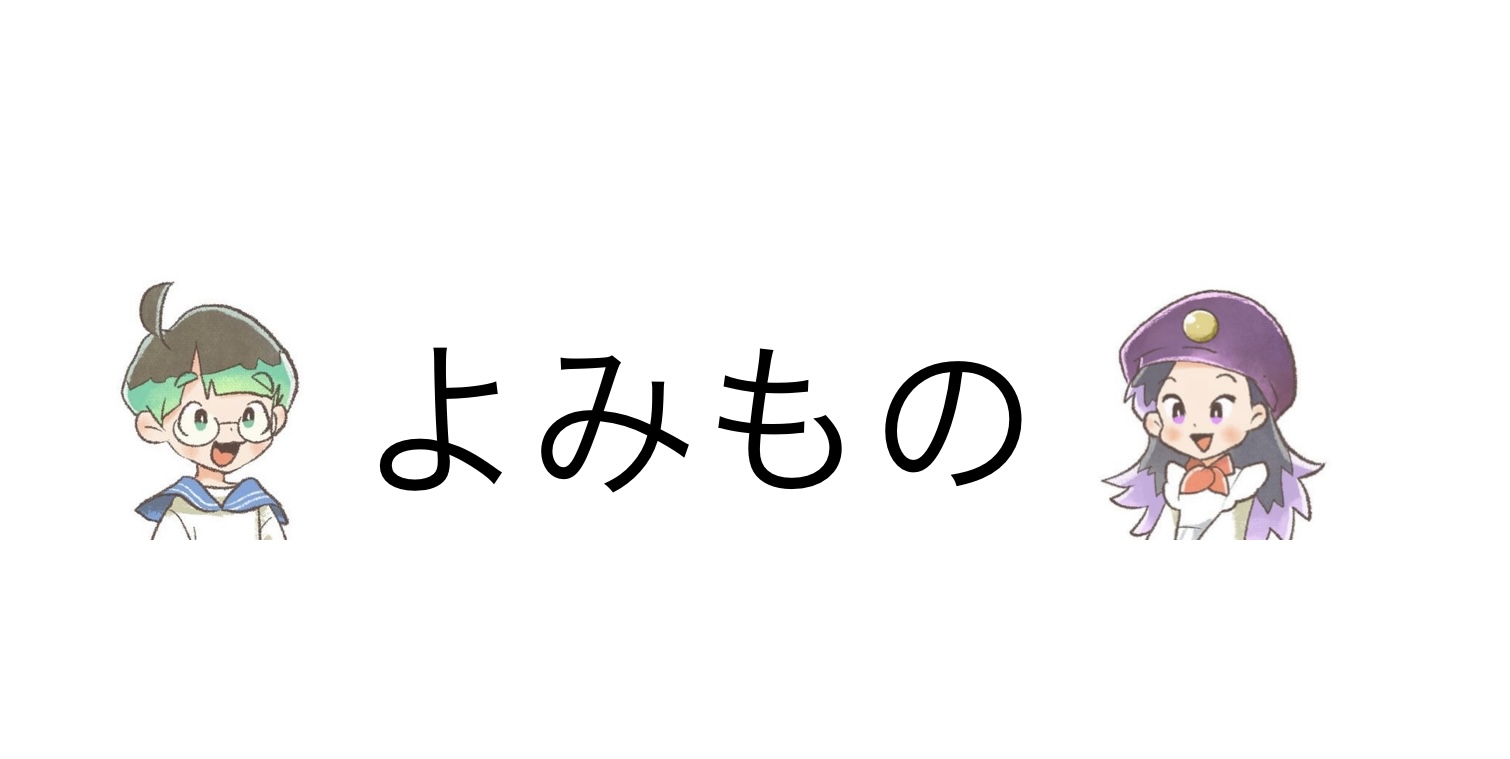
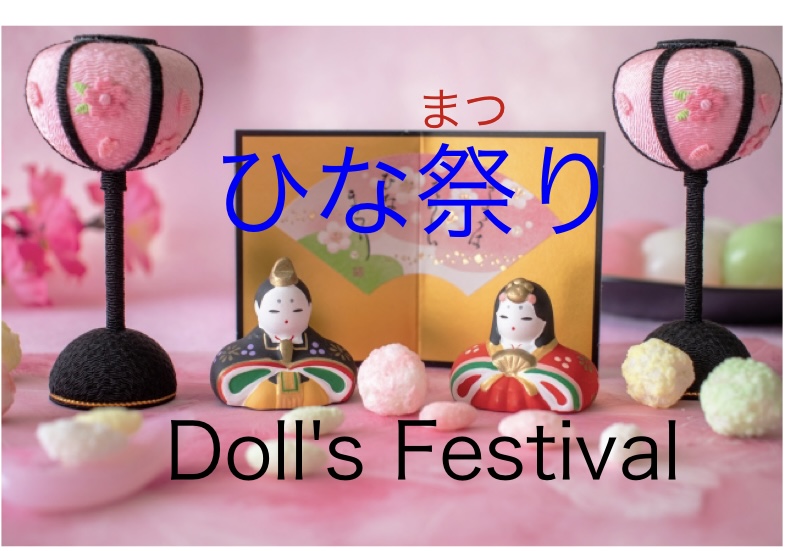


コメント